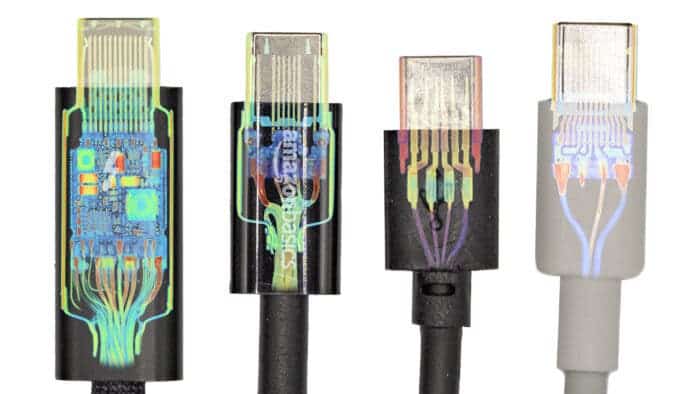As I’ve said before, all electronic devices should come with USB-C ports. Micro-USB makes no sense anymore, as the new standard brings better performance and many convenient features. But we often skimp on these cables, choosing cheap ones over expensive ones. A USB-C CT scan has just shown why you shouldn’t make such choices.
Folks at Lumafield have put various USB-C cables under the X-ray CT scanner. Their goal was to find out why the $5 cables cost so little and what marvels the $129 cables hold. The results are fascinating, and the 3D scans that the team shared get the point across beautifully.
What Did the USB-C CT Scan Show?
Lumafield first scanned a $5.59 USB-C cable that’s from NiceTQ. In this scan, the team saw a bare minimum cable. More importantly, the pins and connector shells of the cheap USB-C are floating independently in over-molded plastic. Yes, the cable had zero shielding.
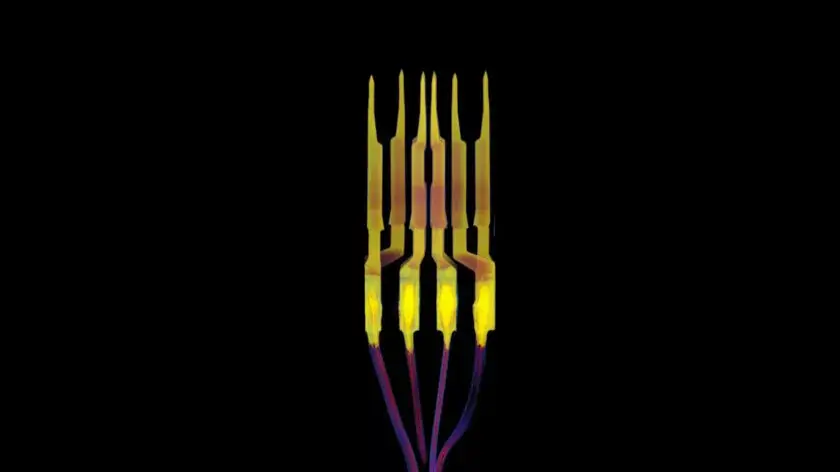
Out of the eight pins present in the cheap USB-C cable, only four of them were connected. And the worst part is that they were soldered directly to the cable’s wire. You can check out the CT scan of this specific USB-C cable in the image attached below.
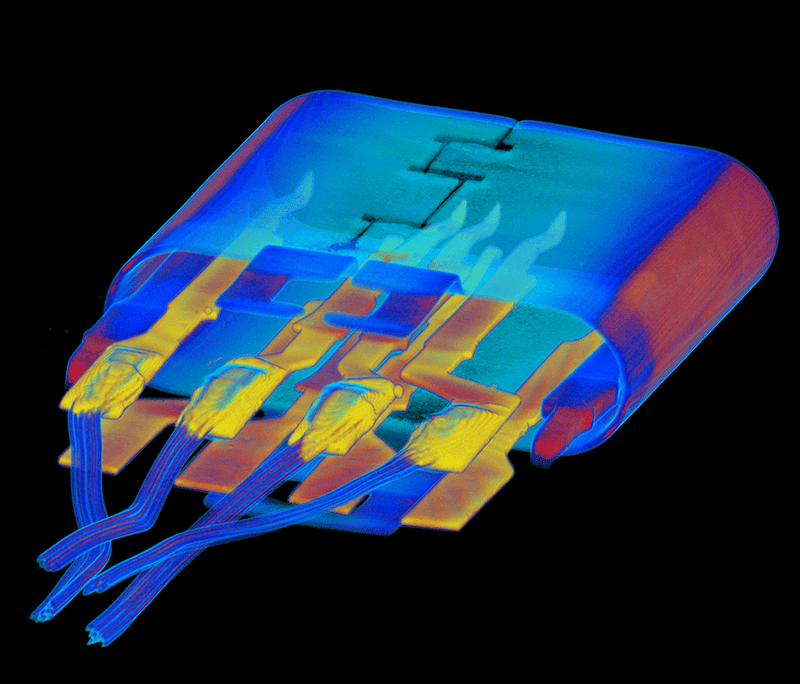
Interestingly, the product listing of the cheap USB-C cable promises transfer speeds of up to 10Gbps. That’s basically USB 3.2 Gen 2×1 territory. But as the USB-C CT scan shows, the cable can’t physically offer such performance. It will mas out at 480Mpbs, which is basically a fraction of the promise that the brand is making.
There are also no redundancy pins on the cheap USB-C cable. That means the cable is dead if one of the four active pins shown in the CT scan stops.
What About the Expensive USB-C Cable?
The other USB-C cable that the team has put through a CT scan is Apple’s Thunderbolt 4 cable. This cable costs $129, much higher than the $5 cheap cable. While many might think this is absurd pricing for a USB-C cable, Apple has some good reasons for asking that much amount of money.
Before talking about the USB-C CT scan of this cable, let’s talk about what the cable promises. This Apple Thunderbolt 4 cable promises to deliver a transfer speed of up to 40Gbps over USB 4 and Thunderbolt 4. And up to 10Gbps over USB 3. Also, it offers a charging speed of up to 100 watts. You can also use it to daisy chain up to 6 Thunderbolt 3 devices.
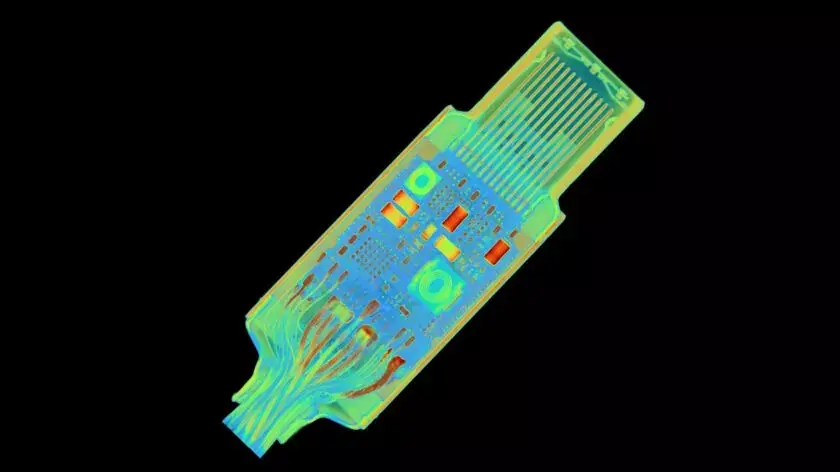
To offer all of these features, Apple has built an incredibly complex cable. And most importantly, the cable features connectors with their own complex PCB assemblies. You can check out the CT scan of this Apple cable in the picture attached below.
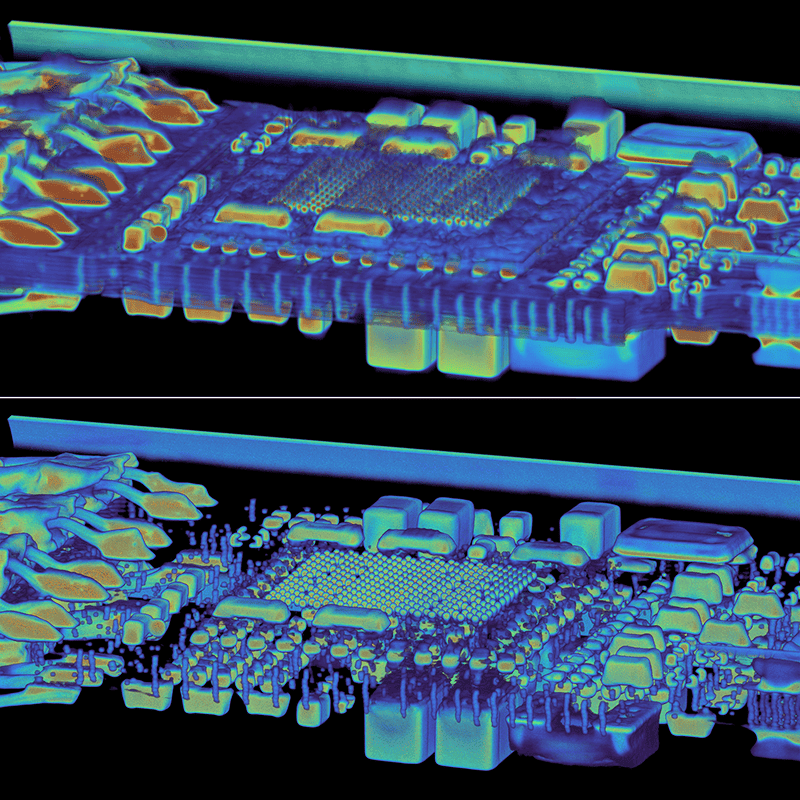
In addition, the CT scan image shows that the Apple cable has 20 separate wires. There are 10 that are co-axially shielded. Also, they are all separately soldered to the PCB. A stain-relief fitting protects all of these intricate components, which is cramped in from 8 directions.
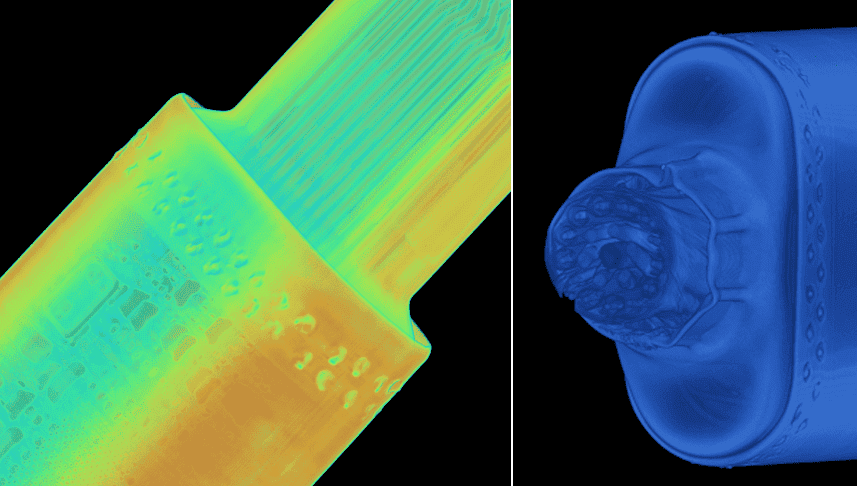
Lumafield also has two other cables. Among them, there’s the Amazon Basics cable. But this comparison with the cheap cable and Apple cable is truly eye-opening. It shows how intricate USB-C cables can be. Also, the test showcased how difficult it can be for consumers to determine if a cable can truly deliver its promises.
But the main takeaway is that it is important to purchase USB-C cables from reputed brands only. Without that, you can’t really expect class-leading performance and longevity. Our guide (found here) can help in this regard.

